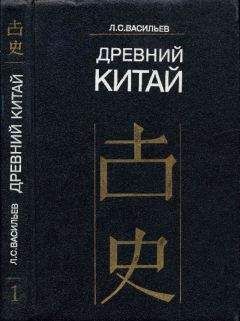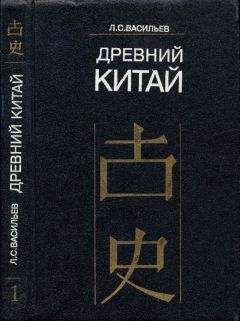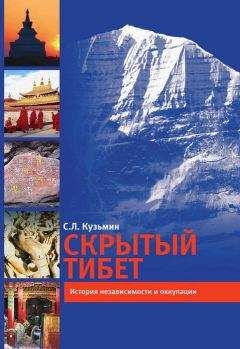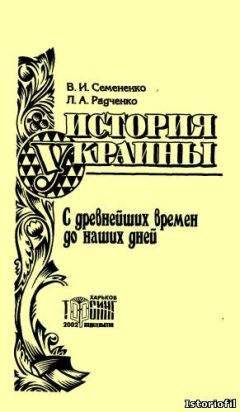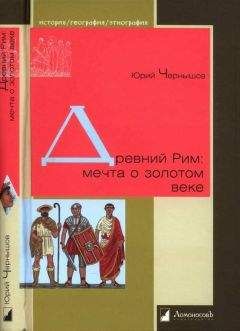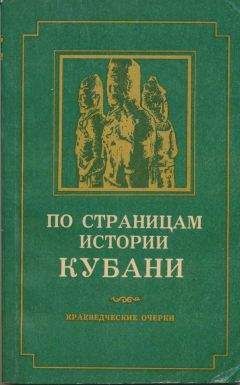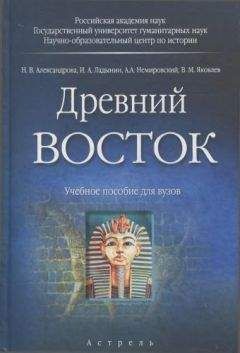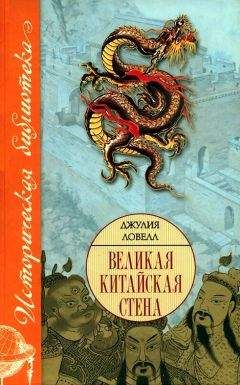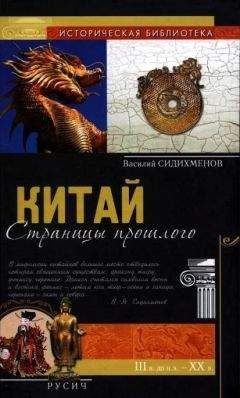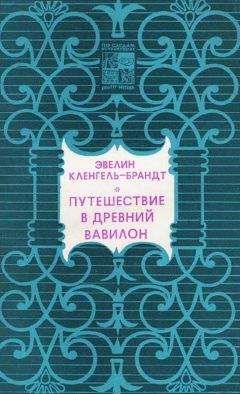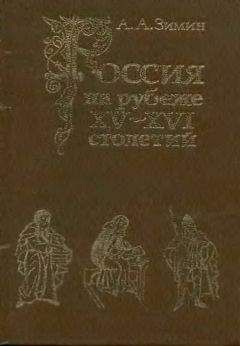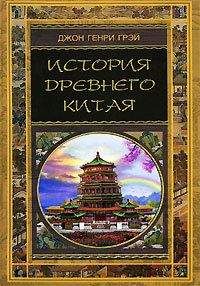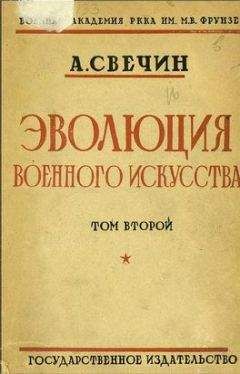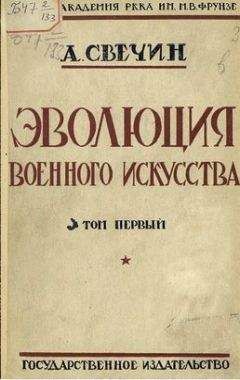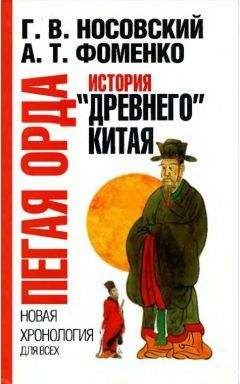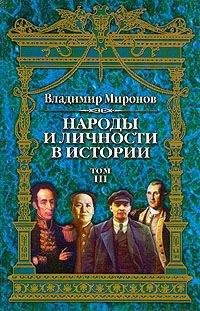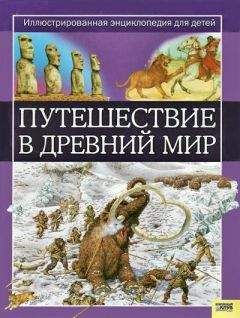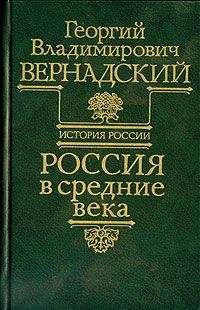Леонид Васильев - Древний Китай. Том 3: Период Чжаньго (V—III вв. до н.э.)
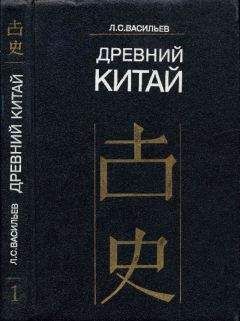
Скачивание начинается... Если скачивание не началось автоматически, пожалуйста нажмите на эту ссылку.
Жалоба
Напишите нам, и мы в срочном порядке примем меры.
Описание книги "Древний Китай. Том 3: Период Чжаньго (V—III вв. до н.э.)"
Описание и краткое содержание "Древний Китай. Том 3: Период Чжаньго (V—III вв. до н.э.)" читать бесплатно онлайн.
Заключительный том трехтомника «Древний Китай» посвящен последнему периоду существования династии Чжоу, так называемой эпохе Чжаньго («Сражающиеся царства»). Рассказывается о политической истории этого времени (V–III вв. до н. э.), об искусстве дипломатии, о реформах, способствовавших усилению прежде отсталого царства Цинь, которое, одолев соперников, основало первую в истории Китая империю. Преимущественное внимание в томе уделено переменам в характере и облике древнекитайского общества, прежде всего процессу его радикальной дефеодализации, а также развитию главных школ древнекитайской мысли, которые, особенно конфуцианство, легли в основу успешного развития китайской цивилизации вплоть до наших дней.
On the whole, the rigid Legist system demonstrated great efficiency as regards economic matters. The unconditional Order, constantly upheld by the iron hand of the state, ruled the country. But — alas! — there was no Harmony, which the Confucians yearned for. Being unaccustomed to a life of daily hard work, the people sorely complained. Many malcontents, especially Confucians, protested openly, accusing the emperor of inhumanity. In 213 B.C., Ch'in Shih-Huangti reacted by ordering all ancient books burned (except those on such utilitari л subjects as medicine or mathematics). He also executed by burying alive 460 of his most ardent opponents. This inflamed the subjects to greater hatred toward the tyrant. Attempts on his life forced him to spend each night at a different palace. As if trying to justify his actions, the emperor took to setting up stone stelae with inscriptions, in which he "personally" addressed the people and, using the time-honored Confucian phraseology, tried to convince them that he acted for their own good. This hardly helped, however. China was on the brink of a crisis when, in 210 B.C., the emperor died suddenly during one of his tours.
The sudden death of the tyrant provoked a wave of insurrections. Neither the weak successor nor the top officials of the empire (Li Ssu and the eunuch Chao Kao) were able to control the situation that grew more and more complicated. They all shortly perished. In 207 B.C., the empire collapsed. Leaders of various military units started a civil war, which was finally won by a peasant leader called Liu Pang who became the founder of the new Han dynasty (202 B.C. — 220 A.D.). Liu Pang had the intelligence to realize that Order without Harmony degenerated into extreme and arbitrary rule and was doomed. Therefore he pursued a different policy. All severe practices of the former empire, especially punishments, were abolished. A general amnesty was granted in China. Each peasant who managed to survive the protracted blood bath was given a plot of land. Taxes became moderate once again and corvee became less exacting. For all that, Liu Pang preserved the basis of the Ch'in administrative apparatus, especially on lower and medium levels, while restricting its functions. His successors, notably Wen-ti (179–157 B.C.) and Wu-ti (140-87 B.C.), took further steps toward Confucianism and the much sought-after Harmony.
The Confucians, who at long last came to power, produced a favorable impression. They judiciously accepted those necessary methods of government which had been introduced by the Legists and which justified themselves. To these, they added everything that the Master once taught. This resulted in changes in "the rulers-the ruled" relationship. The process of a fruitful synthesis of Confucianism and Legism found its reflection in the official imperial Confucianism, which was introduced by Tung Chung-shu, the forth great Confucian of Chinese antiquity. That was an eclectic synthesis that absorbed everything valuable and beneficial to the land and the people from the legacy of the Chou sages. This variety of Confucianism exists in an almost unchanged form for more than two thousand years; and it is largely to it that the modern Chinese-Confucian world owes its achievements. At the turn of our era, the most exhaustive compendium of Confucianism — the systematized treatise Lichi— was created. Everything that Confucius taught, everything that constitutes the essence of the doctrine was collected and thoroughly described in it. By this time, Confucianism started performing the function of the dominant religion in a country that previously had no developed religious system.
Speaking of the foundations of the Chinese civilization, which were laid down in antiquity and continued to determine the norms of behavior of Chinese society and state to this day, one must pay attention to Chinese mentality and worldview. In other words, we mean the way the Chinese look upon certain things and the difference between their outlook and that of other peoples, primarily Europeans (or, more broadly, Westerners). Without going into detail, we offer here the main points:
First, what leaps to the eye immediately is the practical nature of thought resulting from many centuries of earthly orientation of the Chinese world outlook. Originally, the Chinese were not familiar with religion in any developed form, but they always revered Social Order and highly esteemed Harmony that was associated with it. Accordingly, they saw the ultimate goal of human existence in providing the well-being of ordinary people (which was the raison d'etre of the state), not in the extinguishing of nirvana or in the retreat of paradise. This is the welfare of the living and, naturally, of the deceased.
Second, they revered the authority of the sages of antiquity, who laid down the principles of Social Order and Universal Harmony. They also highly regarded those intelligent and capable, who are able to maintain that order and are therefore worthy to be promoted to the elite (subsequently, a system of competitive exams became the main tool for such promotion).
Third, this is the idea of natural equality of men. Widely accepted since Confucius' time, it became one of his greatest contributions. Chinese hierarchy is a function of that equality. One's worth on the whole corresponds to one's abilities; the more capable is man, the more fully he must exercise his abilities. This idea originates from the notion of Mandate of Heaven (t'ien-ming), from the practice of promoting the intelligent and the capable, though it was Confucius who applied this idea to all people.
Fourth, this is the cult of conservative stability and the readiness, for its sake, to reinterpret the past in accordance with the needs of today. Norm, ritual, ceremonies and seeing the past the way it is supposed to have been safeguard stability. Hence numerous texts full of interpolations and, sometimes, transparent falsifications.
Fifth, the Chinese always strive to measure up to a certain paragon and engage in unflagging pursuit of excellence. The main incentive here is not material gain (though well-being is valued and always follows success) but duty. This is duty to yourself, to your family, to everyone who expects something of you. Work with diligence, if you can, do not be a sluggard, achieve, compete!
Sixth, they have a penchant for mental associations, respecting — nay, worshiping the past, precedent and the word-sign that symbolizes it. This derives from the reverence for antiquity and ensures the above-mentioned inclination to stability. Hence the markedly correlative mentality.
Seventh, they can absorb foreign influences masterfully transforming and reinterpreting them. This mental property is extremely useful, for it enables them to enrich their mind with extraneous ideas without having to sacrifice anything of value in their own legacy. To tell the truth, it has more of vulgar eclecticism than of high-level synthesis. So what? It is the result that matters.
Eighth, they tend to construct classificatory schemata, to systematize ideas and typical situations, to engage in didactical hyperbole. These are all links of the same chain conducive to the training of the mind and to the perfection of thinking. The value of such constant training is indisputable.
Ninth and last (of course many things remain untold but we must keep ourselves within reasonable limits): in China, they most definitely follow their mind, not their heart (i.e., emotions). The ninth item of our list has much to do with the first one, it is another reminder of the fact that the priority of rational thinking is beyond question. Emotions, while they cause no problems for anyone (including the person who experiences them), have a right to exist — they normally find an expression ill literature, art, etc. However, as soon as they begin to contradict the dictates of the mind (which is interpreted very widely, ranging from the wishes of your elders and betters to the necessity to do your duty), they have to make way for reason. You have to subdue them. Any Chinese is accustomed to this. Chinese history, as far as we can judge, knows no instances of suicide on account of the conflict between reason and emotions.
Карта. Китай в период Чжаньго (ок. 350 г. до н. э.)
Примечания
1
1 Что касается осевого времени в Китае, то, строго говоря, его следовало бы разбить на три неравных этапа. Сначала были два очень коротких, но исключительно важных. В начале Чжоу была выработана идеологема небесного мандата, а примерно на рубеже VII–VI вв. до н. э. появилась на свет вторая идеологема — о великих мудрецах древности. Но только с Конфуция начался длительный период осевого времени, отмеченный взрывоподобным увеличением сочинений авторского характера с оригинальными идеями.
2
2 Полный перевод труда Сыма Цяня существует пока лишь на японском языке [Та-кигава, 1956]. На французском впервые издал пять томов его сочинения еще около века назад Эд. Шаванн [Chavannes, 1906] (шестой том был издан много лет спустя, в 1969 г.). Семь томов на русском языке издал в 1972–1996 гг. Р.В. Вяткин, некоторые из них в соавторстве. Восьмой, предпоследний том вышел уже после смерти переводчика, в 2002 г., а судьба девятого пока неясна.
3
1 В этой справке, к сожалению, допущена некоторая неточность. В частности, аннексия царства Чжэн была датирована концом V в. до н. э., хотя, по данным 42-й главы Сыма Цяня, присоединение Чжэн к царству Хань произошло в 388 г. до н. э. [Вяткин, т. VI, с. 43]. Правда, в 3-й главе второго тома на с. 256 указана точная дата — 388 год до н. э. Судя по сообщениям других глав труда Сыма Цяня, а также хроники «Чжушу цзинянь», царство Чжэн, пусть в заметно урезанном виде, продолжало существовать и много позже, практически до середины III в. до н. э.
4
2 Хроника «Чжушу цзинянь» создавалась явно не в домене сына Неба и не его историографами. Скорее всего, она велась историографами царства Цзинь, а после его гибели — царства Вэй (Большого Вэй), одной из трех частей, на которые распалось Цзинь.
5
3 Даты в переводе на современную систему летосчисления даны по хронологическим таблицам, гл. 14 и 15 [Вяткин, т. III, с. 228 и 232–242]. В 4-й главе русского перевода цифры иногда несколько иные [Вяткин, т. I, с. 208–209].
6
4 Смысл пророчества в том, что грядет появление новой империи, которая будет создана на базе царства Цинь. Здесь мы имеем дело с явной интерполяцией, какие и у Сыма Цяня, и в «Цзо чжуань», да и в других древнекитайских исторических текстах встречаются нередко.
7
5 Неясно, в частности, и сообщение о разделе владений сына Неба на две части. Ведь как об этом только что было упомянуто, такого рода раздел (точнее, выделение части территории брату вана в качестве наследственного удела) произошел за несколько десятилетий до того, причем по инициативе самого сына Неба, а не в результате военного нападения на домен. Быть может, раздел, о котором идет речь, не сразу стал четким политическим фактом. Возможно, вначале восточная часть домена была вассальной по отношению к западной, где жил сын Неба. Во всяком случае, некоторое время после раздела домен продолжает именоваться как нечто единое и цельное.
8
6 Из этого сообщения [Вяткин, т. III, с. 264] можно понять, что подобный акт сына Неба был немалой честью для правителя полуварварского царства. Неясно, однако, почему такая честь была оказана в 360 г. до н. э. никому еще не известному и ничего не успевшему сделать правителю окраинного полуварварского царства, пусть и большого. Можно предположить, что это явилось результатом резкого усиления царства Цинь после реформ Шан Яна. Но если учесть, что реформы начались в 356 г. до н. э., а первые их результаты могли сказаться не ранее 350 г. до н. э., после второго тура, то сын Неба едва ли мог откликнуться на усиление Цинь уже в 360 г. до н. э. Правильней считать, что здесь Сыма Цянь ошибся в датировке событий лет на десять.
Подписывайтесь на наши страницы в социальных сетях.
Будьте в курсе последних книжных новинок, комментируйте, обсуждайте. Мы ждём Вас!
Похожие книги на "Древний Китай. Том 3: Период Чжаньго (V—III вв. до н.э.)"
Книги похожие на "Древний Китай. Том 3: Период Чжаньго (V—III вв. до н.э.)" читать онлайн или скачать бесплатно полные версии.
Мы рекомендуем Вам зарегистрироваться либо войти на сайт под своим именем.
Отзывы о "Леонид Васильев - Древний Китай. Том 3: Период Чжаньго (V—III вв. до н.э.)"
Отзывы читателей о книге "Древний Китай. Том 3: Период Чжаньго (V—III вв. до н.э.)", комментарии и мнения людей о произведении.





